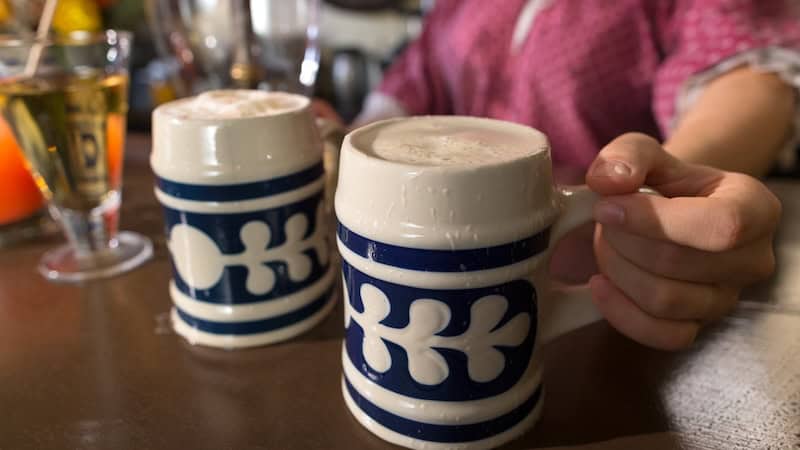Library of Virginia's "To Be Sold"
An exhibit at the Library of Virginia remembers Richmond's role in the American slave trade.
“The story of the American slave trade is not an easy story to tell,” said University of Virginia professor Maurie McInnis one recent morning as To Be Sold: Virginia and the American Slave Trade opened at the Library of Virginia.
“It’s not a story that can be told with a few texts and documents,” McInnis added. “It’s very much the story of people.”
The exhibit, of which McInnis is curator, is based on her book Slaves Waiting for Sale: Abolitionist Art and the American Slave Trade.
Some 12 million Africans had been brought forcibly to the New World as part of an international slave trade; about 500,000 of those were taken to the United States. To Be Sold, however, focuses on the so-called “internal slave trade” that followed the international slave trade.
To Be Sold reminds people how Richmond was the leader of this domestic slave trade – the largest forced migration in U.S. history, moving some two-thirds of a million enslaved people from the Upper South to the Cotton South.
In Virginia, slave trading became an industry that would fuel Southern enterprises dependent on the high demand from New England’s booming cotton textile industry. By the 1840s, Richmond was the largest slave-trading center in the Upper South. In 1857, the local industry was estimated at $4 million, the equivalent of more than $440 million in today’s dollars.
ART TELLS THE STORY
In 1853, traveling British artist Eyre Crowe attended several Richmond slave auctions, witnessing the brutal process of buying and selling enslaved human beings, which today would be considered human trafficking.
His resulting paintings – Slaves Waiting to Be Sold from the Heinz family Foundation and After the Sale: Slaves Going South from the Chicago History Museum – depicted the cruel reality slaves endured until 1865, when Congress passed the 13th Amendment abolishing slavery in the states.
Well-preserved items, such as implements that confined slaves, auction flags and 150-year-old auction books, are included in the exhibit and provide insight into the details of the era generally not discussed at length in history books.
Also telling the story of Richmond’s slave district are more than 70 maps, as well as paintings and photographs, insurance policies, bills of sale and other items drawn largely from the Library of Virginia’s extensive collections.
‘A POINT OF PROGRESS’
To Be Sold doesn’t just explain how Richmond was the “epicenter” of the domestic slave trade, however. It offers perspective on today.
A video accompanying the exhibit explains why now, after 150 years after slavery was abolished in America, an exhibit has opened. In it, Ana F. Edwards, chair of Defenders’ Sacred Heart Ground Historical Reclamation Project, suggests why Richmond has decided to host such an exhibit.
“It’s a place where … [people’s] systematic marginalization has come forward to a point to which we can begin to change things,” she says.
“We can look at [Richmond] and see it as a point of progress – but only if we can acknowledge what happened here. What happened here was profound, complicated, and it needs to be revealed and it needs to be talked about.”


